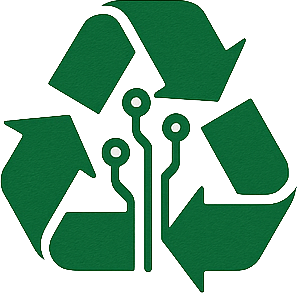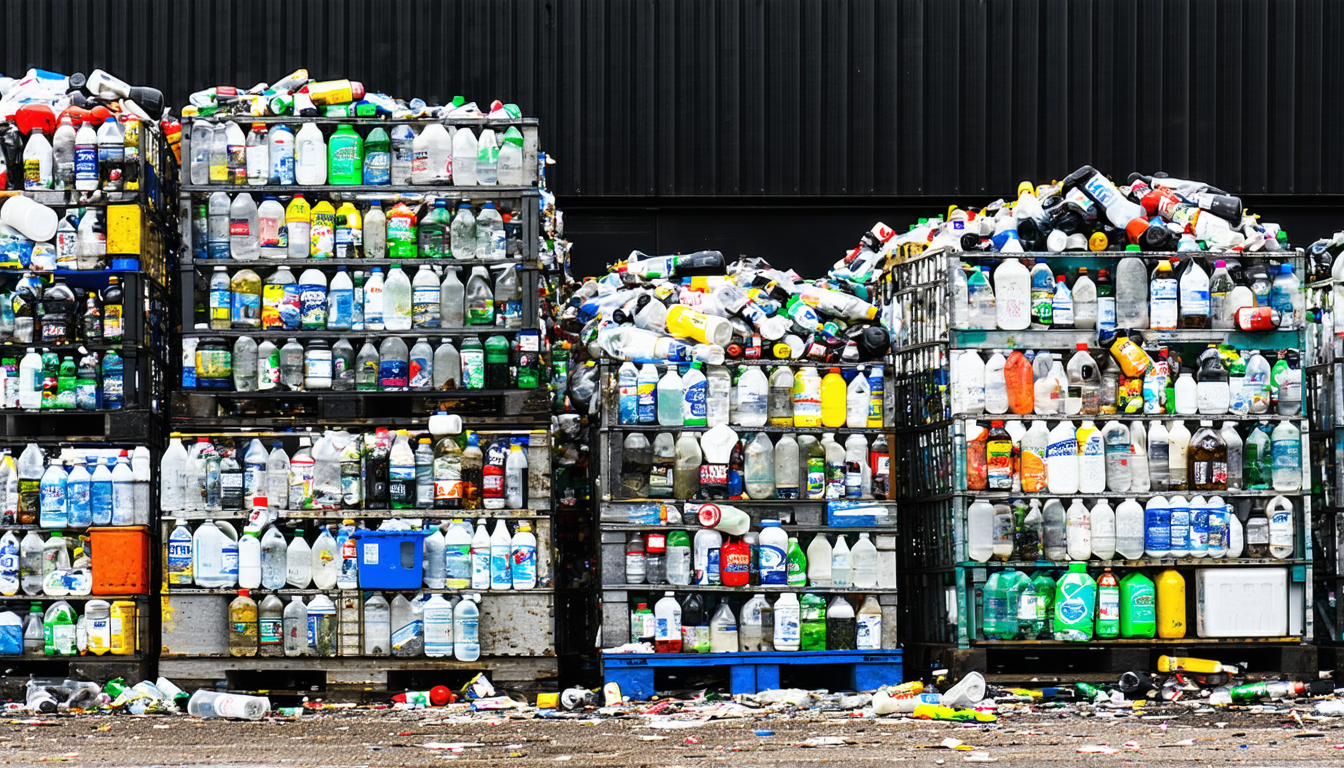In the United States, the safe disposal of household hazardous waste (HHW) remains a pressing environmental and public health concern. From old paint cans to expired medications, these everyday items can pose significant risks if not handled properly. This article explores the latest developments in HHW disposal, including new regulations, community initiatives, and expert insights on sustainable practices. With growing awareness and innovative solutions, Americans are finding better ways to manage hazardous materials at home. Join us as we delve into the challenges, impacts, and future of household hazardous waste disposal.
Understanding Household Hazardous Waste in the US
Household hazardous waste includes common items like batteries, cleaning chemicals, pesticides, and electronics that can harm the environment or human health if improperly discarded. According to the Environmental Protection Agency (EPA), millions of tons of HHW are generated annually in the US, yet only a fraction is disposed of correctly. Many Americans unknowingly toss these items into regular trash, leading to contamination of landfills and water systems.
The significance of proper disposal cannot be overstated. When mishandled, HHW can release toxic substances, pollute groundwater, or even cause fires at waste facilities. This issue affects not just individual households but entire communities reliant on clean resources.
Key Developments in Household Hazardous Waste Disposal
Recent years have seen notable strides in addressing HHW disposal challenges. In 2023, the EPA reported that over 3,000 local collection programs across the country facilitated the safe disposal of nearly 1.5 million tons of hazardous materials. States like California and Washington have led the charge with strict regulations and accessible drop-off sites for residents.
One major development is the rise of take-back programs for specific items. For instance, many pharmacies now accept unused medications to prevent drug misuse and environmental harm. Additionally, retailers like Home Depot and Lowe’s offer recycling for paint and batteries, making disposal more convenient for consumers.
Impact on Communities and Stakeholders
The push for better HHW management has far-reaching effects. Local governments benefit from reduced cleanup costs when residents use designated facilities instead of illegal dumping. Meanwhile, environmental groups highlight how proper disposal curbs pollution, protecting wildlife and ecosystems.
For households, access to disposal programs means safer living spaces free from toxic risks. “Safe disposal of household hazardous waste is a shared responsibility,” says Dr. Emily Carter, an environmental scientist with the National Waste Management Association. “When communities work together with clear guidelines, we see a measurable decrease in environmental damage.”
Challenges and Barriers to Effective Disposal
Despite progress, obstacles remain in achieving widespread compliance. Many rural areas lack nearby collection sites, forcing residents to travel long distances or store waste unsafely at home. Awareness is another hurdle—surveys by the EPA show that nearly 40% of Americans are unsure how to dispose of HHW properly.
Cost is also a factor. While some programs are free, others charge fees that deter participation. Addressing these gaps requires investment in infrastructure and education to ensure equitable access for all.
Future Outlook for HHW Management
Looking ahead, experts predict a shift toward more sustainable solutions in household hazardous waste disposal. Innovations like mobile collection units are gaining traction, bringing services directly to underserved areas. There’s also a growing emphasis on product stewardship, where manufacturers take responsibility for recycling their goods.
On the policy front, federal funding could expand local programs under initiatives like the 2021 Infrastructure Investment and Jobs Act, which allocates resources for environmental projects. If successful, these efforts could set a global standard for managing household hazards.
Balancing perspectives, some argue that stricter regulations might burden small businesses or low-income households with compliance costs. Others counter that long-term benefits—cleaner environments and safer communities—outweigh initial expenses. The debate continues as stakeholders seek a middle ground.
Conclusion
Household hazardous waste disposal remains a critical issue in the United States, with recent advancements offering hope for safer practices. From expanded collection programs to innovative policies, efforts are underway to protect both people and the planet. As Dr. Carter notes, collaboration is key to overcoming barriers and ensuring a sustainable future. By staying informed and utilizing available resources, Americans can play a vital role in this ongoing mission. The path forward lies in education, accessibility, and shared commitment to responsible waste management.
Frequently Asked Questions (FAQs)
-
What qualifies as household hazardous waste?
Items like paint, batteries, pesticides, cleaning agents, and electronics are considered HHW due to their potential to harm health or the environment. -
Where can I dispose of HHW in the US?
Check with your local government or visit the EPA’s website for nearby collection sites, events, or retailer take-back programs. -
Is there a cost to dispose of hazardous waste?
Some programs are free, while others may charge fees depending on location and type of material. Contact your local facility for details. -
Why can’t I throw HHW in regular trash?
Hazardous materials can leak toxins into landfills, contaminate water supplies, or pose risks to sanitation workers if not handled properly.





